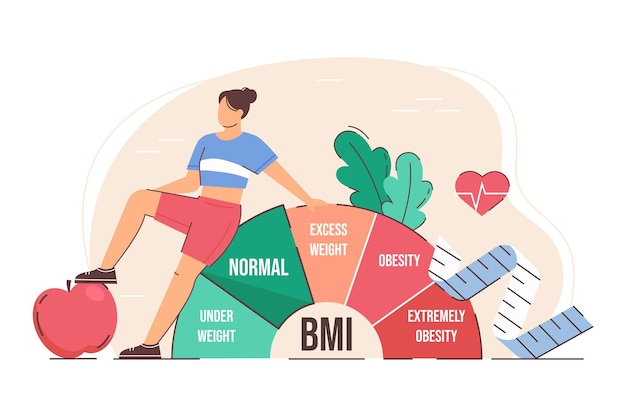
### What Are Macronutrients?
Put simply, macronutrients are the types of food your body needs in large amounts. There are three main macronutrients: protein, carbohydrates, and fats. These provide energy in the form of calories, and each gram of these macronutrients delivers a specific amount of energy:
– Carbohydrates give 4 calories per gram
– Proteins also give 4 calories per gram
– Fats provide 9 calories per gram
Your diet is made up of different combinations of these three components. Everyone’s macronutrient ratio varies, and this influences body composition. Think of it like building a house: calories are the “bricks” used to shape your body. While the total number of bricks might stay the same, rearranging them (adjusting your macronutrient ratio) can result in houses—or bodies—with vastly different forms. The way you balance these nutrients affects how your body looks and functions.
—
### Calories: The Foundation
Calories measure the energy we get from food. To maintain or change your weight, it’s crucial to balance the energy you consume with the energy your body uses. Here’s how it works:
– If you consume more calories than you burn, you’ll gain weight.
– If you burn more calories than you consume, you’ll lose weight.
– If your calorie intake equals your energy expenditure, your weight will stay the same.
Though this principle is straightforward, many people don’t know exactly how many calories they should consume daily. Calorie needs depend on factors like age, gender, and activity level. Here’s a quick breakdown to give you an idea:
| **Gender** | **Age (yrs)** | **Sedentary** | **Moderately Active** | **Active** |
|————|—————|—————|————————|————|
| Child | 2-3 | 1,000 | 1,000–1,400 | 1,000–1,400|
| Female | 4–8 | 1,200 | 1,400–1,600 | 1,400–1,800|
| Female | 19–50+ | 1,600–2,000 | 1,800–2,200 | 2,000–2,400|
| Male | 4–8 | 1,400 | 1,400–1,600 | 1,600–2,000|
| Male | 19–50+ | 2,200+ | 2,400–2,800+ | 3,000+ |
—
### Energy Sources: Carbs and Fats
The body’s primary energy source is carbohydrates. It can store around 2,000 calories of carbs as glycogen in the liver and muscles. When needed for a quick energy boost, glycogen is converted into glucose to fuel your body. However, when you eat more carbs than your body needs and can’t store any more as glycogen, they’re converted into fat.
Fat is the body’s secondary energy source, and it can store a much larger amount—up to a whopping 70,000 calories. Only about 10% of the fat you eat is used right away for energy. Instead, your body taps into fat for energy when it runs low on carbs, triggering a process called ketosis. This is why some diets, like Atkins, focus on limiting carbs to encourage fat-burning.
Over time, consistently consuming more calories than your body can use—whether from fat or carbs—leads to weight gain. Excess carbs are turned into fat, and the same goes for fats that aren’t immediately needed. In today’s world, this is a common issue since we have easy access to calorie-dense foods high in both fat and carbs. For example:
– A medium cheese pizza has 1,680 calories, 64 grams of fat, 200 grams of carbs, and 64 grams of protein.
– A Big Mac with medium fries and a medium soda has 1,015 calories, 42 grams of fat, 115 grams of carbs, and 30 grams of protein.
With such foods so readily available, it’s no wonder obesity rates are rising. In the UK alone, obesity and related conditions like diabetes cost nearly £47 billion each year, which is more than the country spends on armed violence, war, and terrorism combined.
—
### Tackling Obesity Through Education
To fight this obesity epidemic, nutrition education needs to become a priority. Teaching children about healthy eating and raising awareness about food and product nutrition for adults are essential steps. While the UK spends £638 million annually on obesity prevention, this is only 1% of the total social cost of obesity. It’s clear a bigger effort is needed.
—
### Conclusion
To achieve a healthier body composition, avoid diets high in both carbs and fats, as excess amounts of these are more likely to be stored as fat. At the same time, pay attention to your overall calorie intake and balance it with your energy expenditure. By educating yourself about nutrition, you can make smarter decisions for your health and well-being.